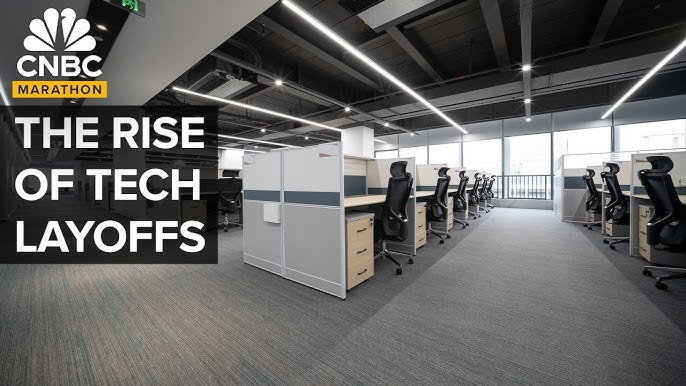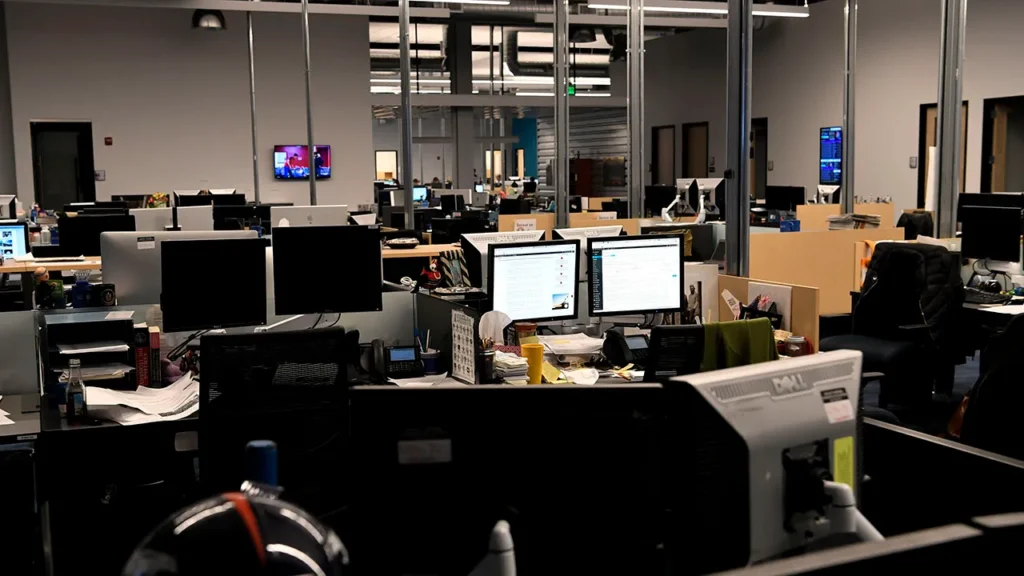Introduction
In recent years, the technology sector has witnessed significant layoffs that have raised concerns among employees, investors, and analysts. This article explores the reasons behind tech layoffs, their impact on the industry and economy, and what the future may hold. By understanding these aspects, readers can better navigate the evolving landscape of the tech industry.

Table of Contents
- What are Tech Layoffs?
- Reasons Behind Tech Layoffs
- Economic Factors
- Company-Specific Issues
- Industry Trends
- Impact of Tech Layoffs
- On Employees
- On Companies
- On the Economy
- Future Outlook for Tech Employment
- Frequently Asked Questions (FAQs)
- Conclusion
What are Tech Layoffs?
Tech layoffs refer to the termination of employees within technology companies. This can occur for various reasons, including company restructuring, economic downturns, or changes in market demand. The frequency and scale of these layoffs can significantly impact the workforce and the broader economy.
Table 1: Statistics on Recent Tech Layoffs
| Company | Number of Layoffs | Reason for Layoffs |
|---|---|---|
| Company A | 1,000 | Economic downturn |
| Company B | 500 | Company restructuring |
| Company C | 200 | Shift in industry trends |
| Company D | 800 | Poor financial performance |
Reasons Behind Tech Layoffs
Economic Factors
The tech industry is not immune to economic fluctuations. Recessions, inflation, and changes in consumer behavior can lead to decreased revenues for tech companies, prompting them to reduce their workforce. For instance, during an economic downturn, companies may struggle to meet sales targets, forcing them to make cuts to remain viable.
Company-Specific Issues
In some cases, layoffs are a result of company-specific challenges. Poor financial performance, ineffective management, or failure to innovate can lead a company to decide that reducing headcount is necessary. For example, if a tech company invests heavily in a product that fails to gain market traction, it may resort to layoffs to cut losses.
Industry Trends
Technological advancements and shifts in consumer preferences can also lead to layoffs. As companies pivot to new technologies, they may find that certain roles become obsolete. For instance, the rise of artificial intelligence (AI) and automation has led some companies to streamline operations, resulting in job losses for employees in traditional roles.

Impact of Tech Layoffs
On Employees
The immediate impact of layoffs on employees is often devastating. Losing a job can create financial stress, affect mental health, and disrupt career trajectories. Employees may struggle to find new employment in a competitive market, especially if they lack the skills required for emerging roles.
On Companies
For companies, layoffs can provide short-term financial relief but may have long-term consequences. Reducing staff can damage employee morale, leading to decreased productivity and engagement among remaining workers. Furthermore, companies that frequently resort to layoffs may struggle to attract top talent, as potential employees may view them as unstable.
On the Economy
The broader economy can also feel the effects of tech layoffs. High unemployment rates can decrease consumer spending, impacting businesses across various sectors. Additionally, if tech companies, which often drive innovation and economic growth, reduce their workforce, it may slow down overall economic progress.
Table 2: Common Sectors Affected by Layoffs
| Sector | Percentage Affected | Key Challenges |
|---|---|---|
| Software Development | 30% | Market saturation |
| Hardware Manufacturing | 25% | Global supply chain disruptions |
| IT Services | 20% | Automation and AI advancements |
| Telecommunications | 15% | Regulatory changes |
Future Outlook for Tech Employment
Despite the recent wave of layoffs, the future of tech employment is not entirely bleak. As the industry continues to evolve, new opportunities will emerge. The demand for skilled workers in areas like cybersecurity, data analysis, and AI is likely to grow. Companies may also prioritize workforce development, offering training and reskilling programs to adapt to changing market needs.

FAQs
1. What are the common reasons for tech layoffs?
Common reasons include economic downturns, poor company performance, and shifts in industry trends. Companies may also lay off employees to streamline operations or focus on new technologies.
2. How do layoffs affect employees?
Layoffs can lead to financial instability, job insecurity, and mental health challenges. Employees may face difficulties in finding new jobs, particularly in competitive markets.
3. What can employees do after being laid off?
Laid-off employees should focus on updating their resumes, networking, and exploring new job opportunities. Consider enrolling in training programs to acquire new skills that are in demand.
4. Are layoffs permanent?
Not always. Some companies may rehire employees once the economic situation improves or if new projects emerge.
5. What is the outlook for tech jobs in the future?
While some roles may become obsolete, new opportunities will arise as technology continues to advance. Skills in areas like AI, data science, and cybersecurity will be in high demand.
Conclusion
Tech layoffs are a complex issue influenced by various factors, including economic conditions, company performance, and industry trends. While the immediate effects can be challenging for employees and the economy, the future holds potential for new opportunities in the tech sector. As the industry adapts to change, both companies and employees can thrive by embracing innovation and ongoing education.
